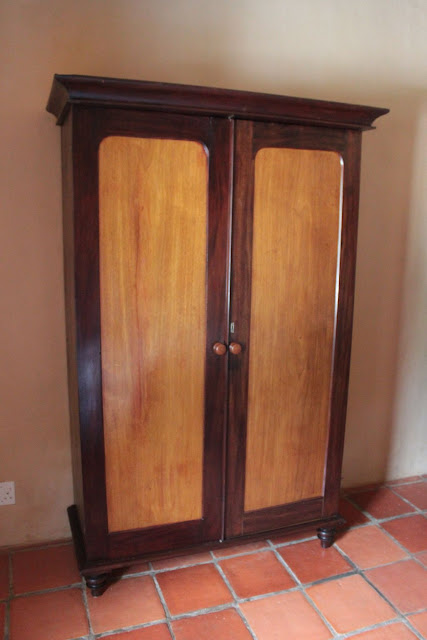When visiting a local supermarket I noticed black garlic for
sale. Now, new and strange products and vegetables attract me like a moth to a
flame. Expecting it to be a new kind of garlic, having planted pink and white
garlic myself, I was surprised to find it soft and not hard like other garlic.
I decided that it must be old black garlic and put it down
again. I decided to find cloves for sale that I could plant myself. I prefer to
grow culinary ingredients myself. Growing my own, I know where they come from
and what they have been fed. Growing our own vegetables also reduces our carbon
footprint.
Searching for the cloves to plant, I discovered that black
garlic is not a new variety of garlic. Black garlic is what one gets when one
heats the whole garlic clove at about 60˚C for about 40 days in a relatively humid
environment. The result is black or dark-brown garlic that is sweeter and more
acidic. The flavour is supposed to be less pungent and is more fruity, toasty
and caramelised.
In Taoist mythology, black garlic was proferred to grant
immortality. Black garlic is great
for your health. It’s loaded with nearly twice as many antioxidants as raw
garlic. It also contains S-Allyl cysteine, which has been proven to be a factor
in cancer prevention.
I will not be making my own black garlic but decided to try
it after I found a recipe for Aubergine and Black Garlic in my cookbook “Plenty
More” by Yotam Ottolenghi.
In Yotam Ottolenghi’s own words “It’s a lovely ingredient,
and I really would tell people to try it, but don’t worry if you’re not sure
how to use it, I wasn’t at first either”. Now he is creating the most amazing
meals with it.
I can recommend black garlic. I was blown away by the flavour of the Aubergine and Black Garlic dish I prepared for an al fresco supper and enjoyed with a Weltevrede 1912 range Malbec.
 |
| Aubergine and Black Garlic made at Towerwater |
I can recommend black garlic. I was blown away by the flavour of the Aubergine and Black Garlic dish I prepared for an al fresco supper and enjoyed with a Weltevrede 1912 range Malbec.














































